15 Worst Dog Breeds For Solo Owners
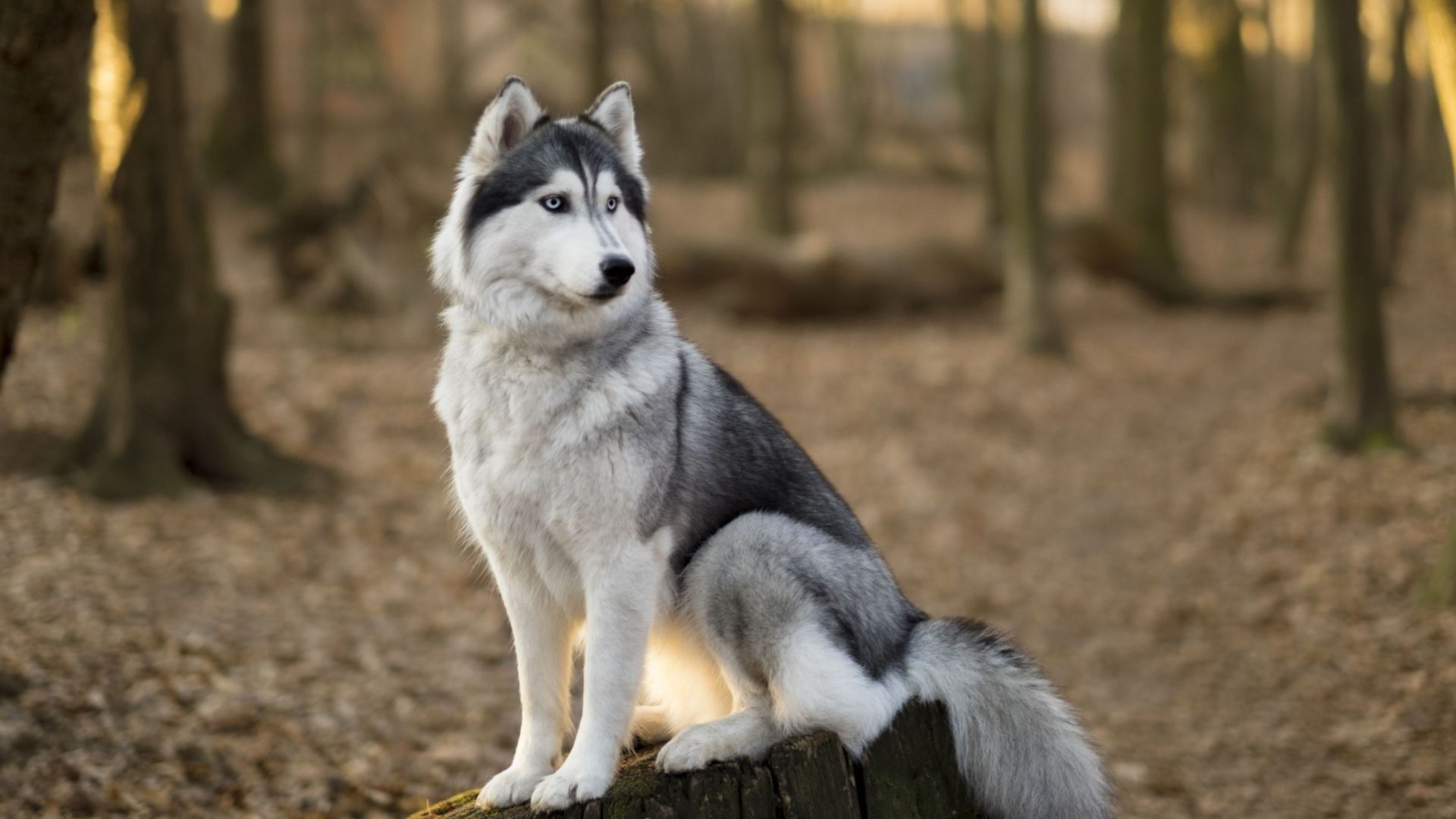
Getting a dog is exciting, but some breeds can be tough for solo owners. Certain dogs need constant attention, endless exercise, or firm training.
Handling it all alone can be overwhelming, especially with high-maintenance or independent breeds. Some crave companionship so much they struggle being left alone. Others are just too energetic for one person to manage.
If you live solo, these breeds might make life a little more complicated!
1. Siberian Husky
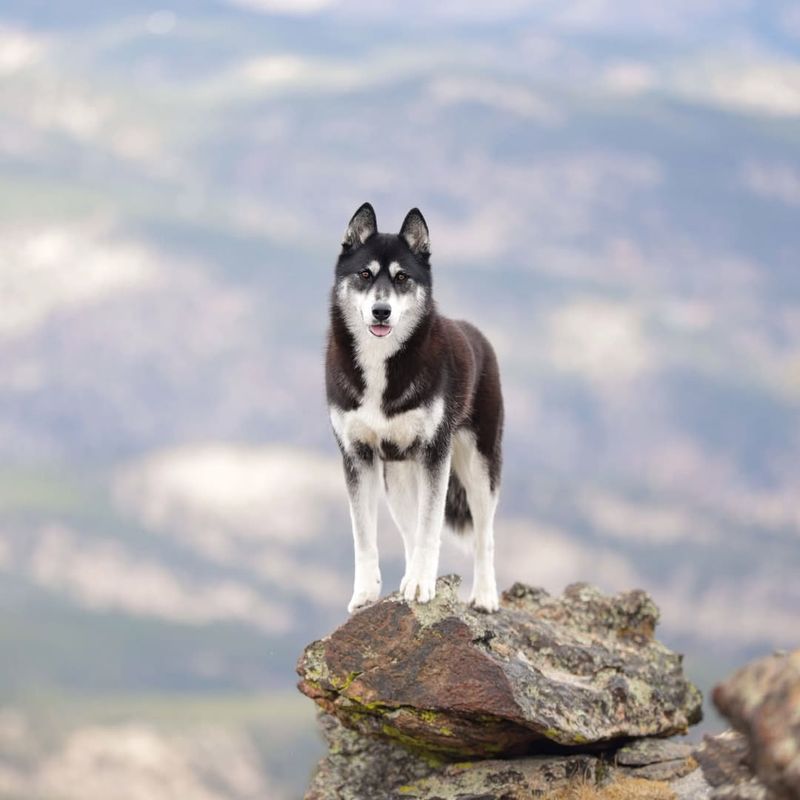
Siberian Huskies are undeniably beautiful with their striking blue eyes and fluffy coats. But they are high-energy dogs that love to run and require plenty of exercise. While they are known for their friendly and gentle nature, they can be overly energetic for a solo owner who cannot spend hours daily exercising them.
Huskies are also known to be escape artists. If left alone, they might dig, jump, or even climb fences to explore the neighborhood. This can be particularly challenging for someone who is not always at home to supervise.
Additionally, Huskies are pack animals. Without sufficient companionship, they might become bored or destructive. This breed is best for owners who are ready to commit time to training and social interaction.
2. Border Collie
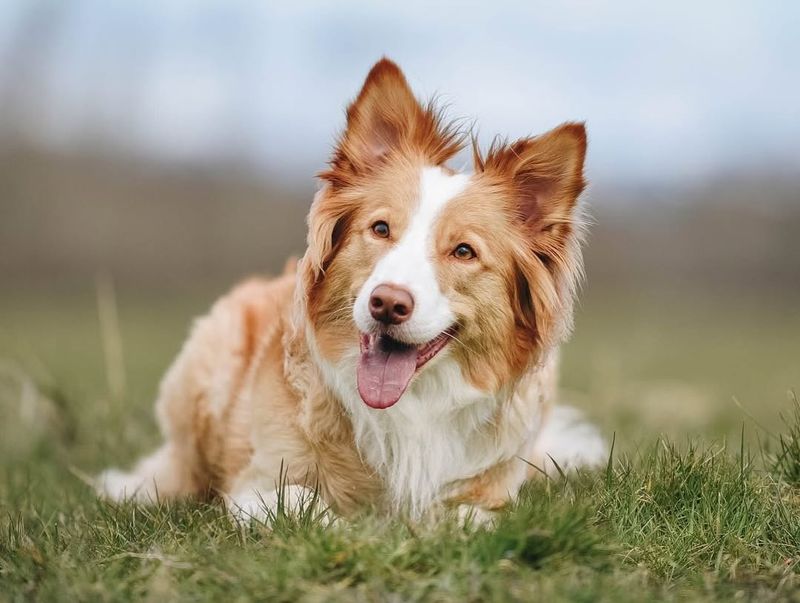
Border Collies are highly intelligent and energetic, often described as workaholics of the dog world. They excel in herding and require mental stimulation and physical activities. A solo owner may struggle to provide the time needed to engage a Border Collie.
Collies need more than just a walk around the block; they crave engaging activities, like agility training or herding exercises. Without this, they can become bored and may start herding other pets or even people.
These dogs are notorious for their intelligence, which means they can become mischievous if not properly engaged. A solo owner might find it overwhelming to meet the demands of such a high-energy and smart breed.
3. Akita
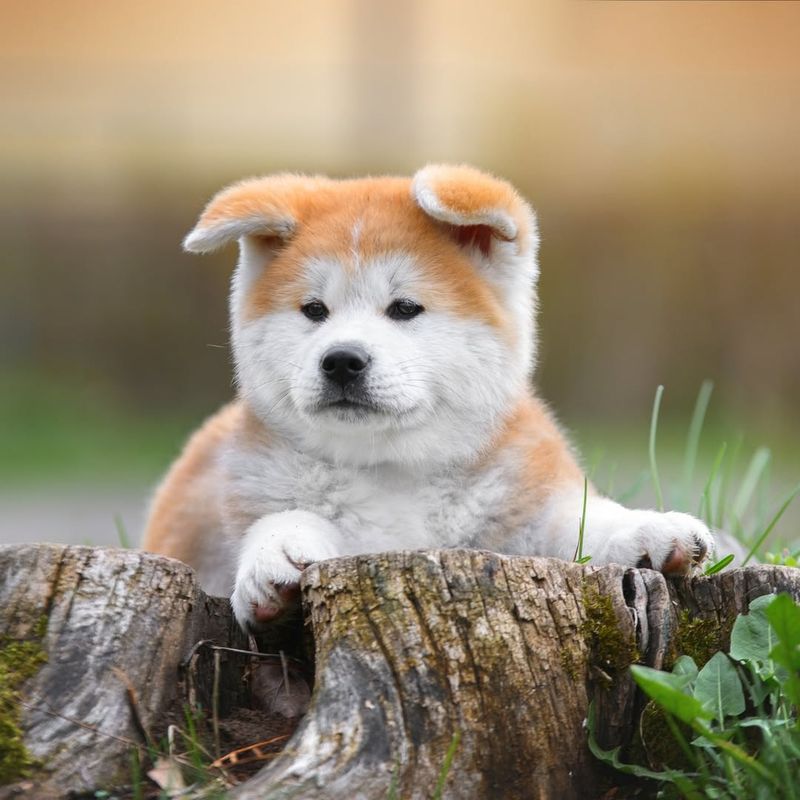
Independent and strong-willed, this breed requires firm training and consistent socialization. Akitas are highly protective, making them loyal but challenging for solo owners. Without proper guidance, their guarding instincts can be difficult to manage.
Wary of strangers and other pets, Akitas need early and consistent socialization. Their protective nature can escalate into aggression if not properly handled, making social settings a challenge for a single owner.
High energy and intelligence mean they require regular exercise and mental stimulation. Keeping an Akita content can be tough for one person, as their needs go beyond basic walks. This breed thrives with dedicated training and structure.
4. Dalmatian
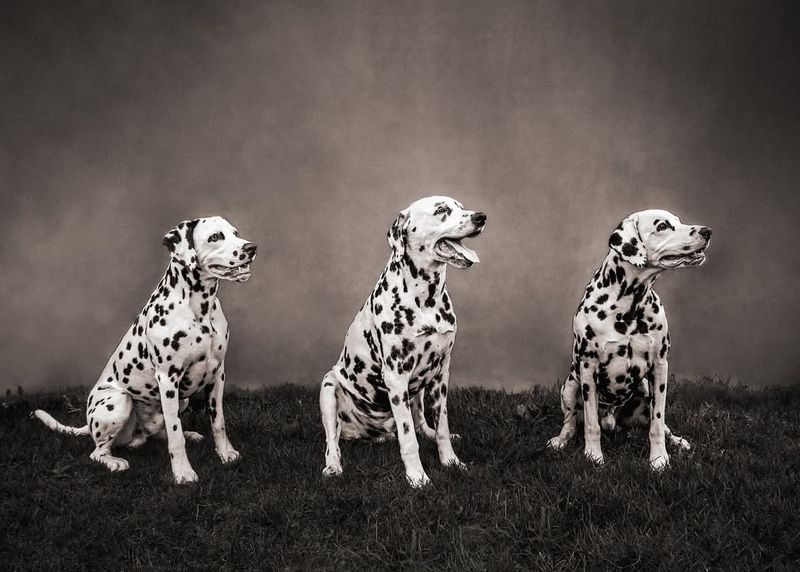
Dalmatians are known for their striking spots and energetic disposition. They were originally bred as carriage dogs, which means they have stamina and need plenty of exercises to burn off energy.
A solo owner may find it difficult to meet the Dalmatian’s needs for daily mental and physical stimulation. These dogs thrive in environments where they have space to run and play.
Without adequate exercise and interaction, Dalmatians can become bored, leading to destructive behaviors. Their high energy and need for companionship make them more suited to families or active individuals who can keep up with their pace.
5. Weimaraner
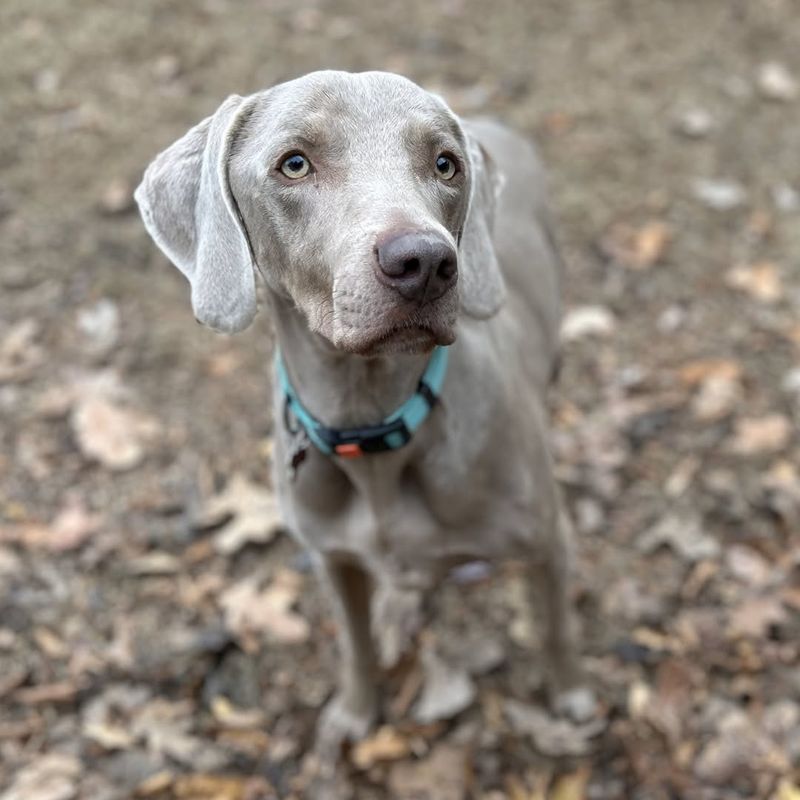
Athletic and energetic, this breed thrives on constant activity and mental stimulation. Weimaraners have boundless energy, requiring plenty of daily exercise to stay happy and well-behaved. Without enough physical and mental engagement, they can quickly become restless.
Living alone with a Weimaraner can be challenging, as they are prone to separation anxiety. Being left alone for long periods may lead to destructive behaviors, making them a demanding choice for a solo owner.
Highly intelligent and playful, Weimaraners need structured training and consistent activity. Without enough attention and effort, their energy can become overwhelming, making them a handful for a single-person household.
6. Jack Russell Terrier
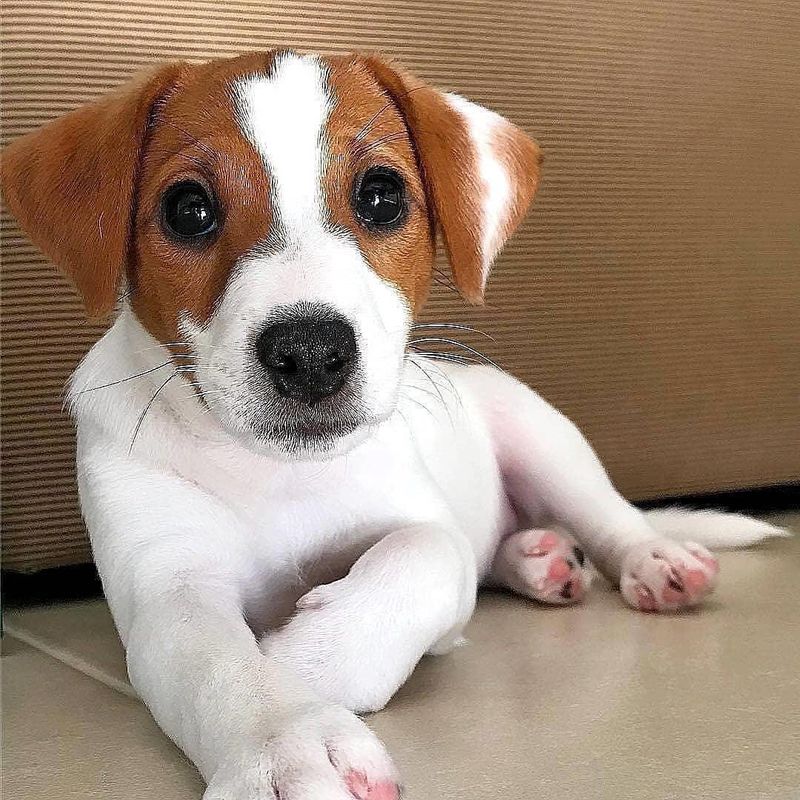
Full of energy and personality, this breed demands constant stimulation and engagement. Jack Russell Terriers may be small, but their high energy levels and intelligence require plenty of physical and mental exercise to stay happy. Without it, they can become restless and difficult to manage.
For a solo owner, keeping up with a Jack Russell can be a challenge. Their strong hunting instinct and sharp minds mean they get bored easily, often leading to mischief if not properly occupied.
Constant activity and mental challenges are essential to prevent destructive behaviors. A single owner may struggle to provide enough time and stimulation to keep up with this lively and spirited breed.
7. Australian Shepherd
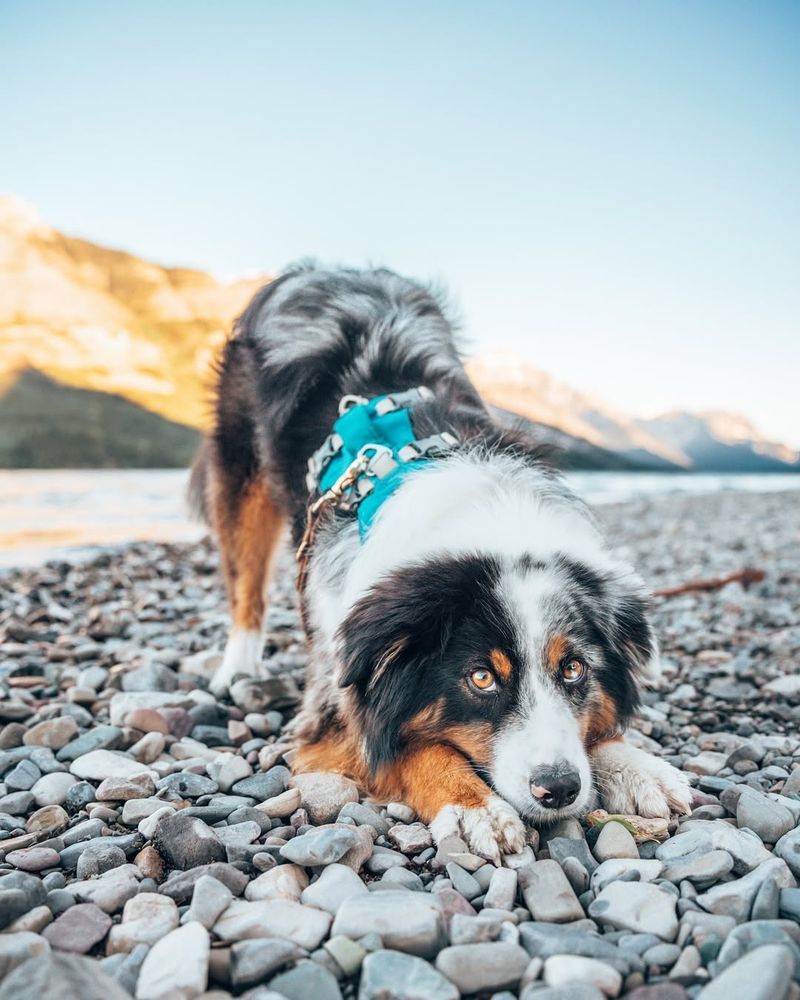
Australian Shepherds are highly intelligent and energetic dogs known for their herding skills. They thrive in environments where they can run freely and have tasks to occupy their minds.
A solo owner might struggle to keep an Australian Shepherd engaged, as they require a lot of mental and physical stimulation. These dogs excel in activities like agility, obedience, and herding trials.
Without proper exercise and mental challenges, Australian Shepherds can become bored and develop behavioral issues. This breed is best suited for someone who has the time and commitment to provide the necessary stimulation and training.
8. Chow Chow
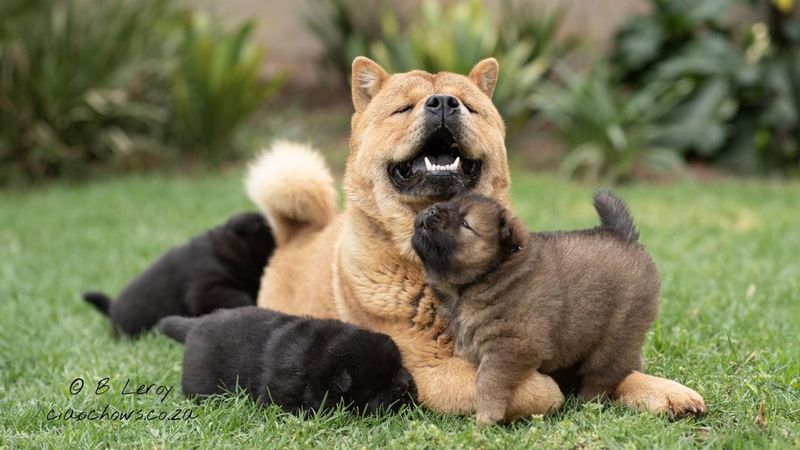
Independent and strong-willed, this breed is known for its aloof nature and lion-like appearance. Chow Chows require a confident owner who can establish firm leadership, as they are not naturally eager to please. Their reserved demeanor makes them less affectionate than other breeds.
For a solo owner, managing a Chow Chow can be challenging. They tend to be wary of strangers and are not the best choice for someone seeking a constant, affectionate companion. Their independence often means they prefer their own space over constant attention.
Regular training and socialization are crucial to prevent aggressive tendencies. A single owner may find it difficult to provide the consistent structure and firm leadership needed to raise a well-behaved Chow Chow.
9. Rottweiler
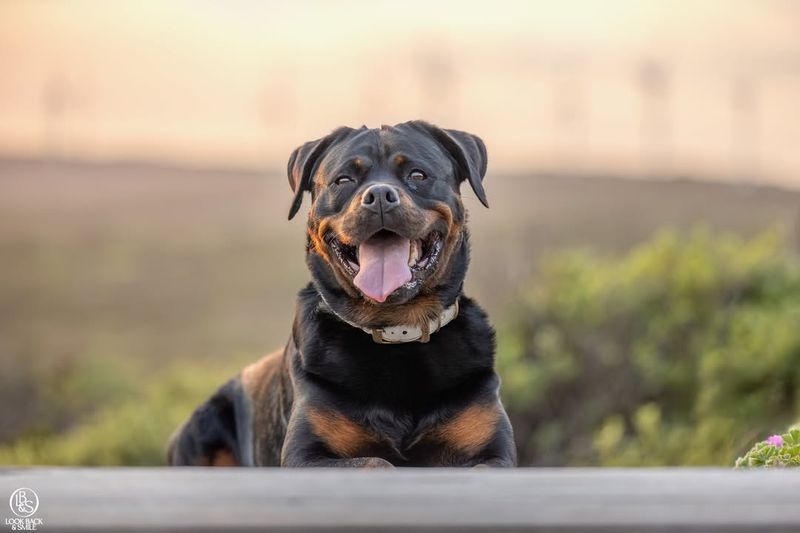
Powerful and confident, this breed is known for its loyalty and strong protective instincts. Rottweilers require an experienced owner who can provide firm training and leadership, which can be difficult for someone managing them alone. Their intelligence and strength make proper training essential.
Highly intelligent and energetic, Rottweilers need consistent mental and physical stimulation. Without proper socialization, their natural guarding instincts can lead to aggression toward strangers, making early training a must for a well-balanced temperament.
Given their size and strength, handling a Rottweiler as a solo owner can be challenging. A single person must be fully committed to providing structure, training, and socialization to ensure a well-mannered and controlled companion.
10. Pit Bull
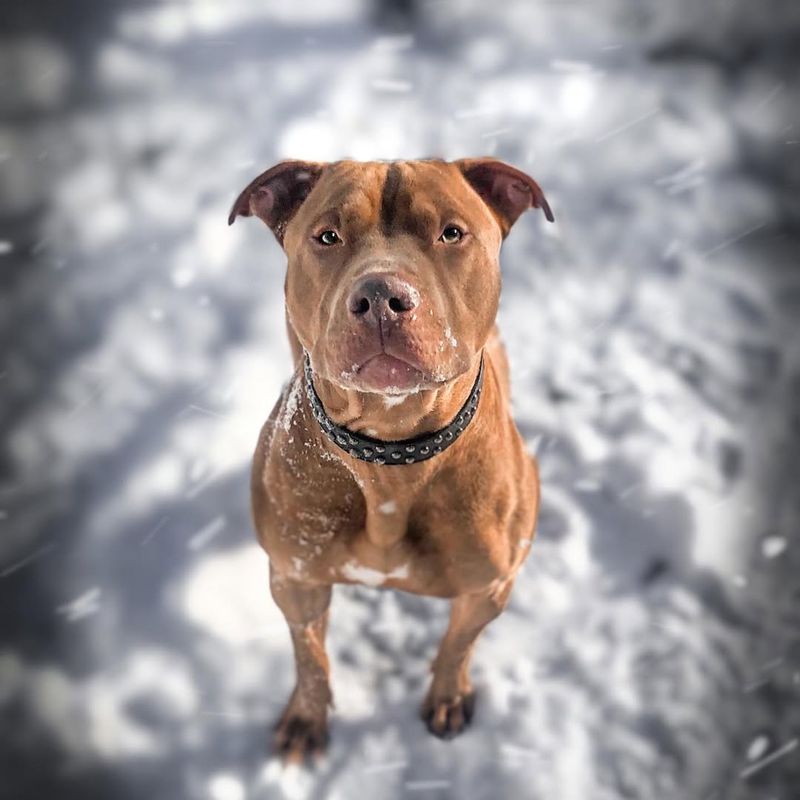
Pit Bulls are strong, athletic, and often misunderstood dogs. They require proper training and socialization from a young age to become well-rounded pets.
For a solo owner, managing a Pit Bull can be challenging. They need consistent training and plenty of exercises to burn off energy. Without this, they might develop behavioral issues or become destructive.
A Pit Bull thrives in an environment where they have a strong, confident owner who can provide leadership and structure. Solo owners need to be prepared to dedicate time to training and socialization.
11. German Shepherd
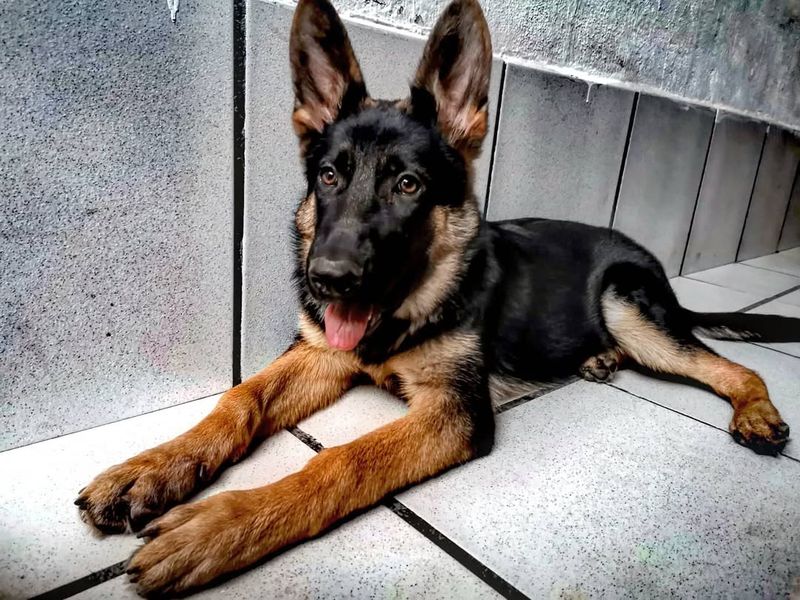
German Shepherds are renowned for their intelligence and versatility. They excel in various roles, including police and service work. However, they require a lot of mental and physical stimulation.
Solo owners might find it challenging to provide the necessary level of engagement a German Shepherd needs. They thrive on having tasks and can become bored without enough stimulation.
These dogs are loyal and protective, which can be a double-edged sword if not properly managed. A single person must be ready to commit to training and exercise to keep a German Shepherd happy and well-adjusted.
12. Beagle
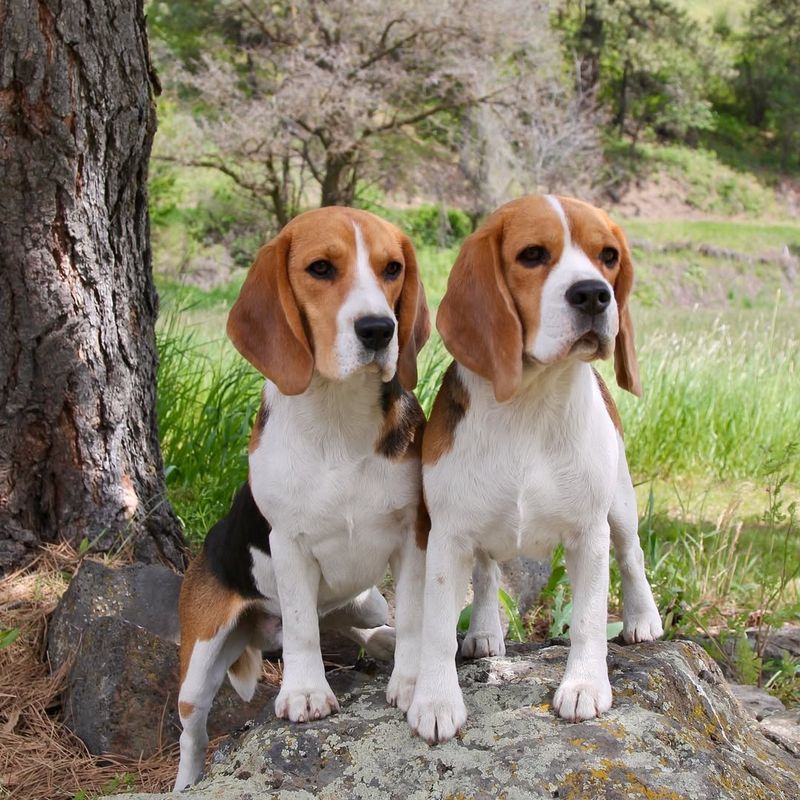
Curious and full of energy, this breed thrives on activity and mental stimulation. Beagles are driven by their powerful noses, often leading them on scent-driven adventures that can be tricky to control. Without enough engagement, they quickly become restless and difficult to manage.
For a solo owner, keeping up with a Beagle’s wandering tendencies can be a challenge. Their strong tracking instinct means they are prone to following scents without hesitation, making leash training and supervision essential.
Lack of stimulation can lead to excessive barking and destructive behaviors. A single owner must be prepared to provide plenty of exercise and activities to keep a Beagle happy and mentally satisfied.
13. Saint Bernard
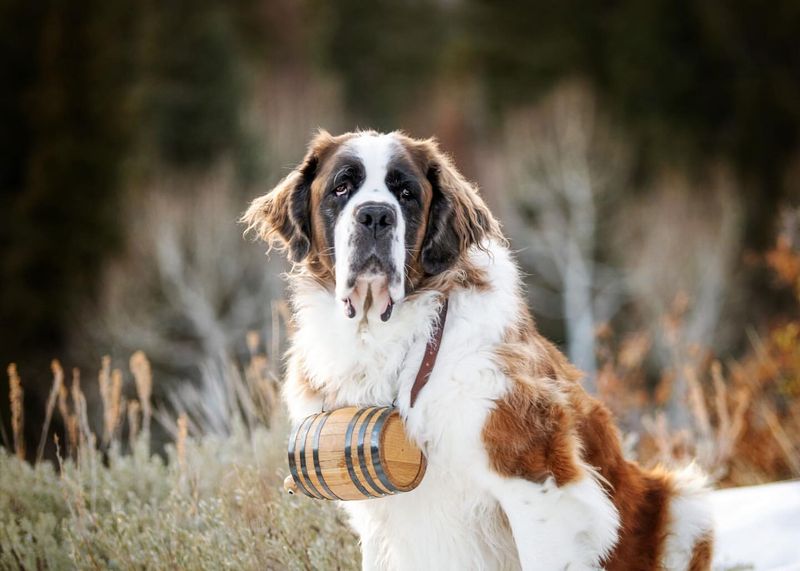
Saint Bernards are gentle giants, known for their loyalty and calm demeanor. However, they come with their own set of challenges for solo owners.
These dogs require a lot of space and regular grooming, given their size and tendency to drool. For someone living alone, managing the upkeep of a Saint Bernard can be overwhelming.
They also need adequate exercise to prevent obesity but are not as high-energy as other breeds. Still, a solo owner must be prepared to handle the demands of such a large dog, including training and socialization.
14. Bulldog
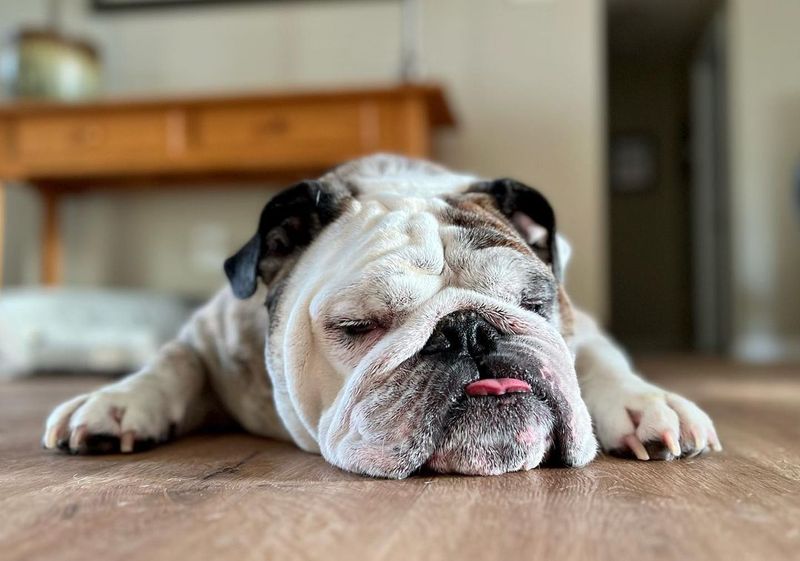
Bulldogs are known for their distinctive appearance and laid-back nature. While they are not as hyperactive as some breeds, they come with their own set of challenges.
For a solo owner, a Bulldog’s health issues, such as breathing problems and skin infections, can be daunting to manage alone. They require regular vet visits and care to keep them healthy.
Despite their calm demeanor, Bulldogs need regular exercise to maintain a healthy weight. A solo owner must be ready to address their health needs and provide a balanced lifestyle, which can be taxing without support.
15. Great Dane
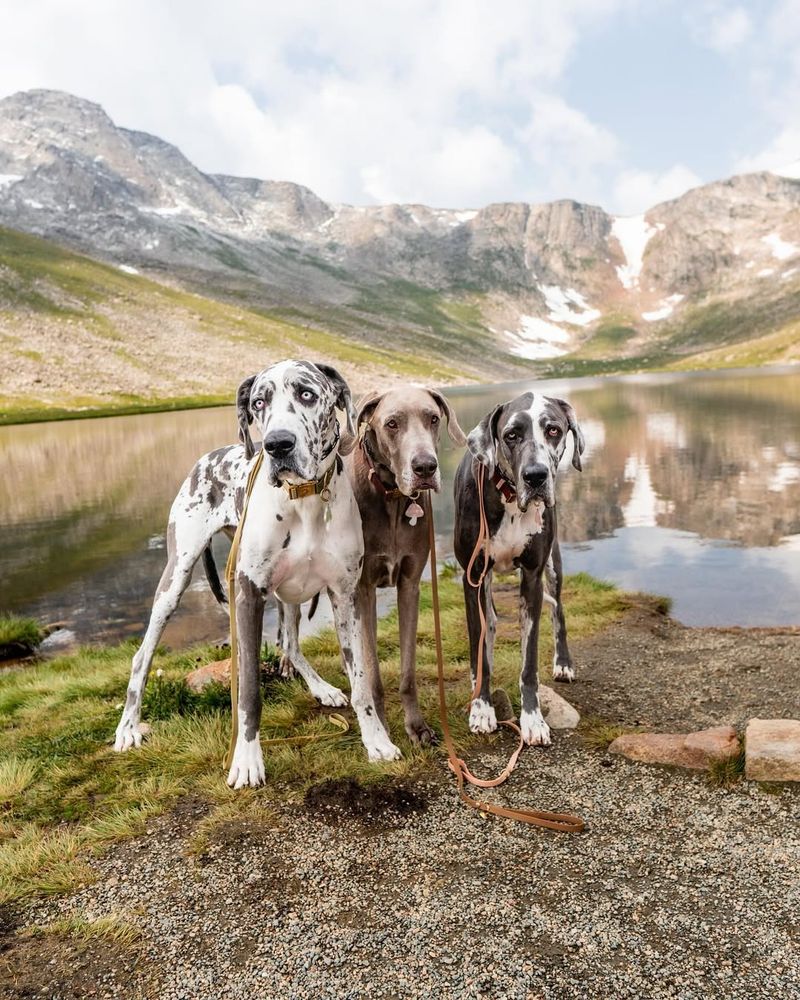
Majestic and friendly, this breed is known for its impressive size and gentle nature. Great Danes may be calm and affectionate, but their sheer size alone can be a challenge for someone living alone. Managing their needs requires strength, space, and commitment.
Health concerns such as joint problems and bloat can make caring for a Great Dane overwhelming for a solo owner. Their medical needs, combined with their large appetite and space requirements, can add up to a demanding responsibility.
While generally laid-back, they still need regular exercise to stay fit and happy. A single owner must be ready to handle the physical demands and care that come with owning one of the largest dog breeds.
